
May 2016
- RESPIRATORY PROTECTION: Essential Precautions for Health Care, General Industry
- EMERGENCY SHOWERS & EYEWASH: To Heat or Not to Heat? That Is the Question
- INDUSTRIAL HYGIENE: Sources and Measurement of Toxic Chemicals
- INDUSTRIAL HYGIENE: Best Practices for Engaging Workers in Health and Safety Training
- AIHCE 2016 PREVIEW: Baltimore Beckons
- COMBUSTIBLE DUST: Dry Media Dust Collectors vs. Wet Scrubbers: Two Technologies for Combustible Dust Control
- DISASTER PREPAREDNESS: Providing Psychological First Aid Following a Disaster
- EMERGENCY RESPONSE TRAINING: Is Your Emergency Response Plan a Living System or Just Gathering Dust?
- CHEMICAL SAFETY/SDS: All In for Chemical Safety!
- FIRE SAFETY: Lasting Protection
- FIRE SAFETY: Where There's Smoke...
- NOISE MONITORING: Assessing High-Noise Areas
Cover Story
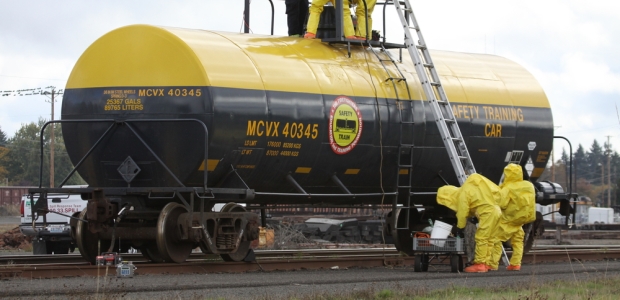
By Jack Driscoll, Jennifer Maclachlan
The PID is one of the most sensitive detectors available for many toxic compounds with detection limits in the low or sub-ppb range.
Features
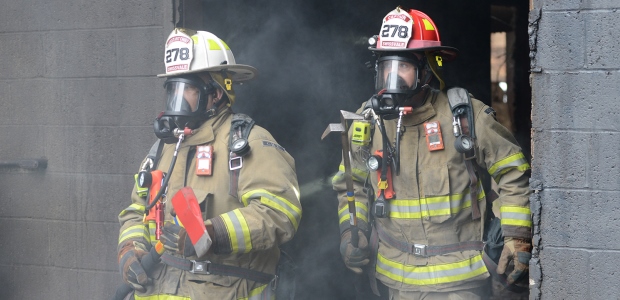
By Mike Platek
Even if we can't stop the production of deadly gases during a fire, we can take precautions to protect ourselves.

By Janet Dickinson
Improvements in health and safety awareness, duty of care to employees, and increasingly extreme environmental conditions mean more thought than ever has to go into safety shower purchasing decisions.

By Grace E. Battista
Industrial hygienists are challenged to protect employees from noise exposure in all types of work environments, including variable conditions. This project completed a baseline noise assessment at the Dow Northeast Technology Center’s mechanical areas.
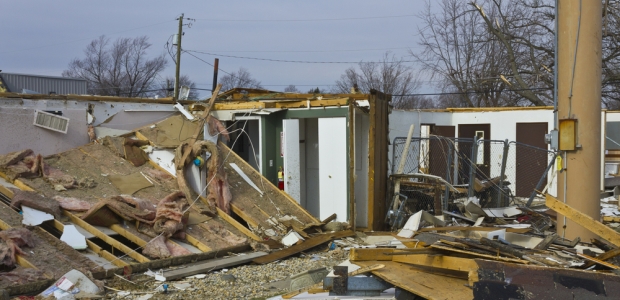
By Raquelle Solon
PFA doesn't rely on skills of a professional mental health provider, but rather, engages the skills that most of us already have.
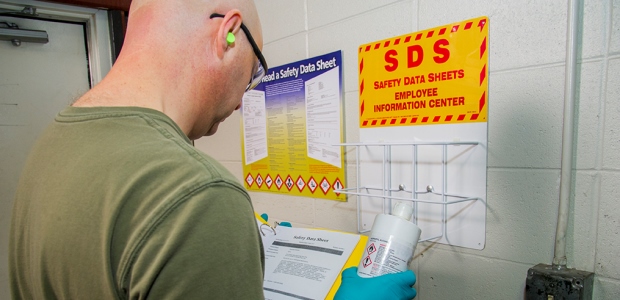
By Robert A. Ernst
Workplace labels must include the product identifier and general information regarding all of the hazards of the chemical(s).

By Jerry Laws
This year's AIHce conference will be year five for the wildly popular Ignite sessions, which are five-minute talks on pretty much any IH topic.
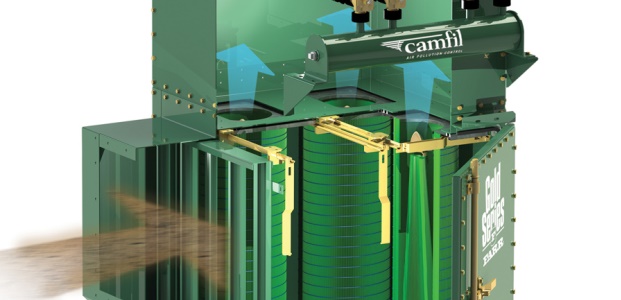
By John Dauber, John Davidson, Mike Walters
At first glance, wet scrubbers may appear to be preferable because they inherently control the combustibility of a dust.

By Jill Potts
Provide relevant consequences. Consequences will assist in showing your workers what is in it for them.
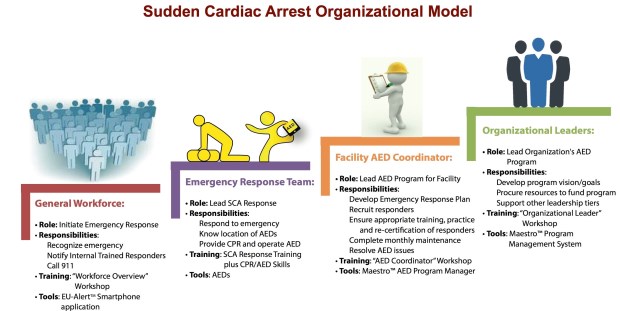
By Odelia Braun
Use these practical tips and best practices to create and maintain an effective emergency response plan. Frequent practice drills are essential.
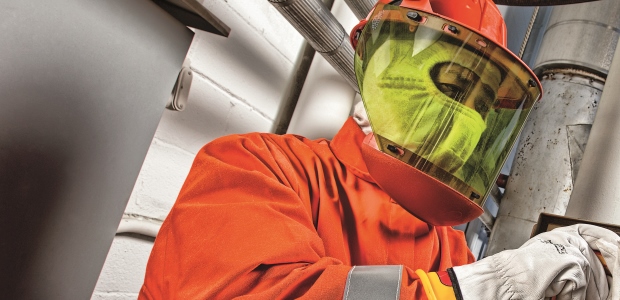
By Jerry Laws
A hazard risk assessment is a necessary step to take before conducting a wear trial. Only when the risk assessment is completed should the customer conduct a wear trial of fabrics that will meet the anticipated energy levels.

By Jerry Laws
CDC's Healthcare Infection Control Practices Advisory Committee divides ATDs into those two categories, diseases requiring Airborne Precautions and diseases requiring Droplet Precautions.
Departments
By
The BBS facilitator will need to have a consulting mindset to determine the best approach and a teachable point of view to know what methodologies to leverage.
By Robert Pater
Leaders who think in terms of "repeat offenders" are unlikely to consider contributors other than the ill-intended motivations or habits of those injured. Besides not solving the problem, this approach often backfires.
By Jerry Laws
The National Safety Council put it even more succinctly, so that no one could miss the gravity of this situation: 52 people in America are dying from prescription opioid overdoses every day.